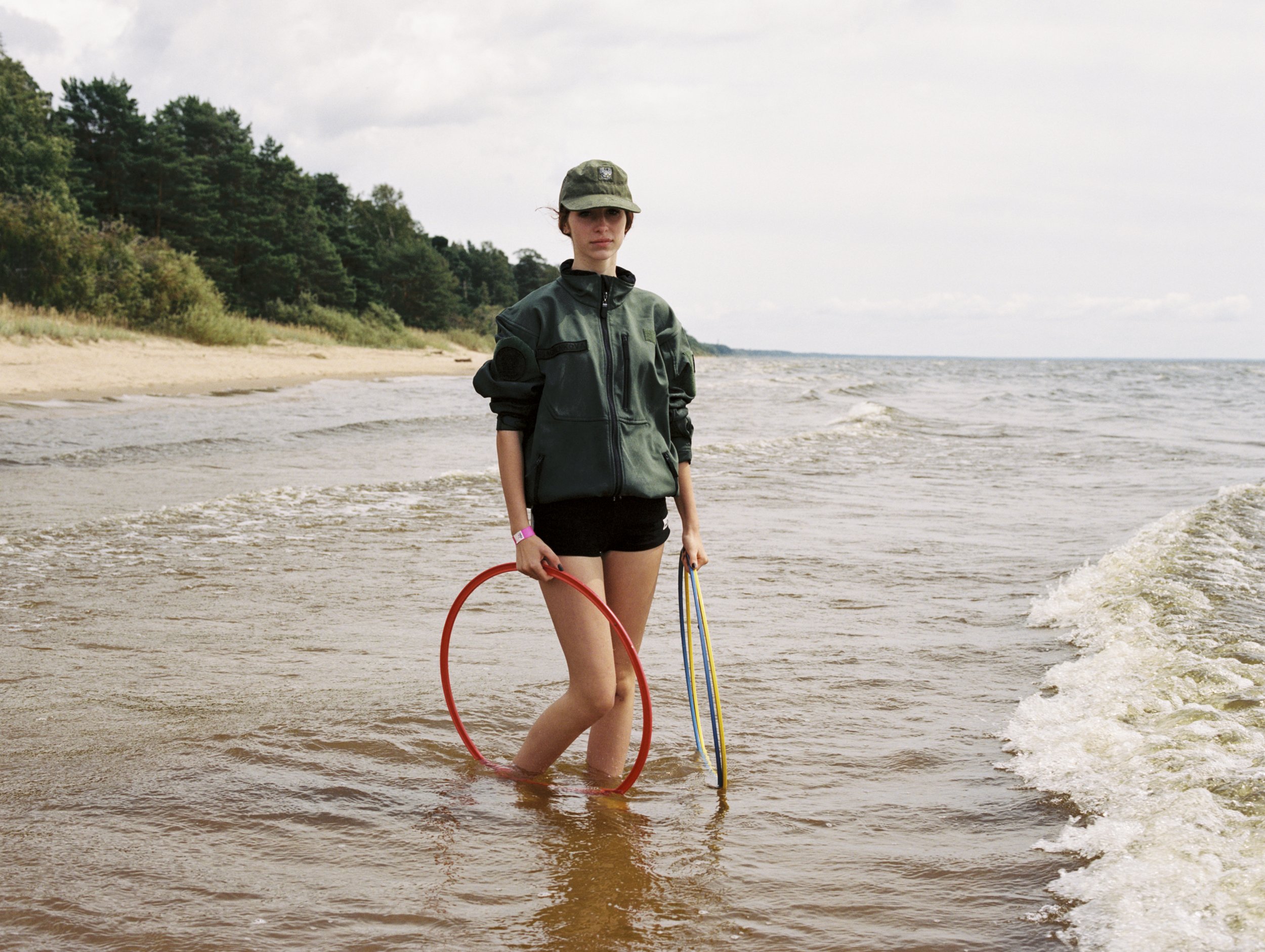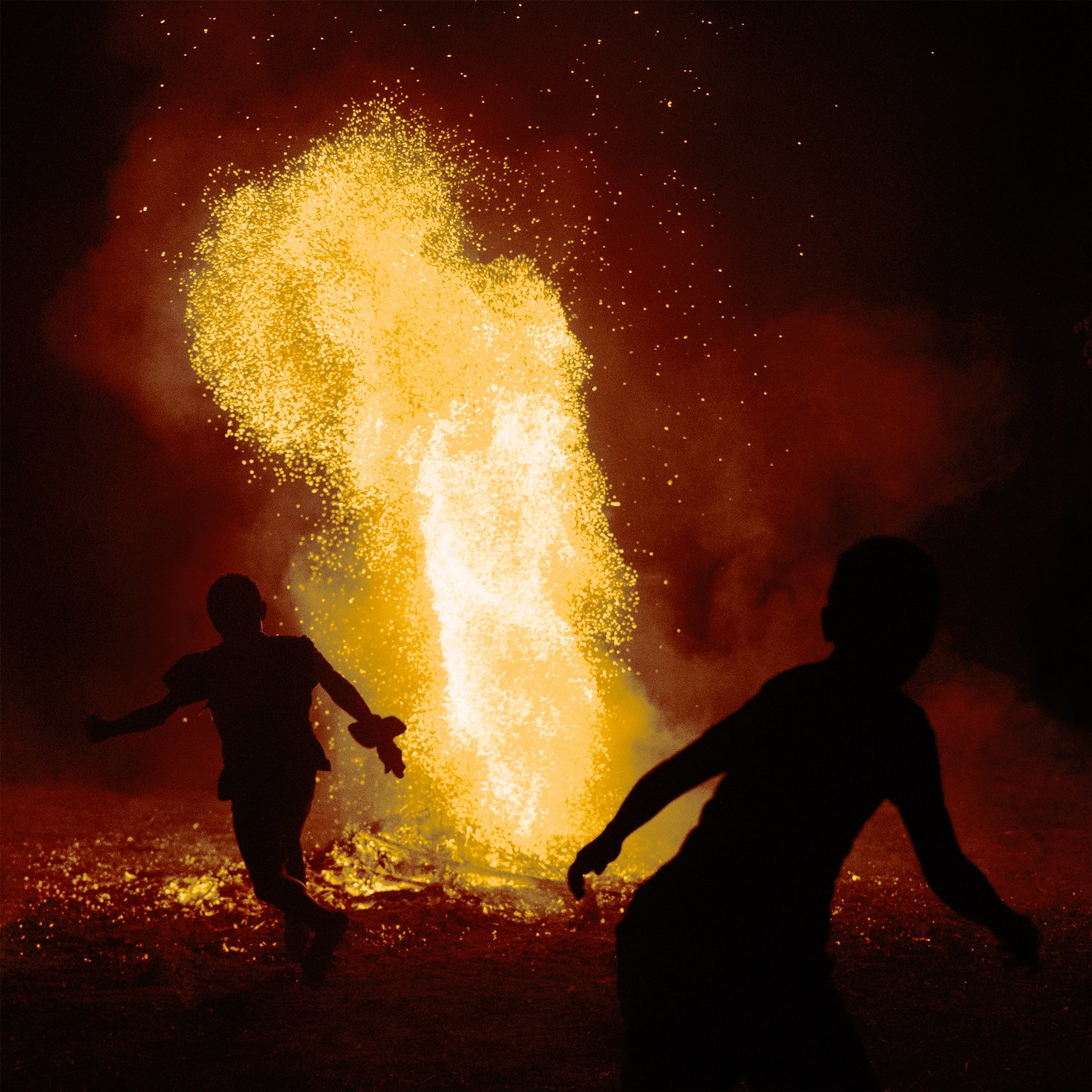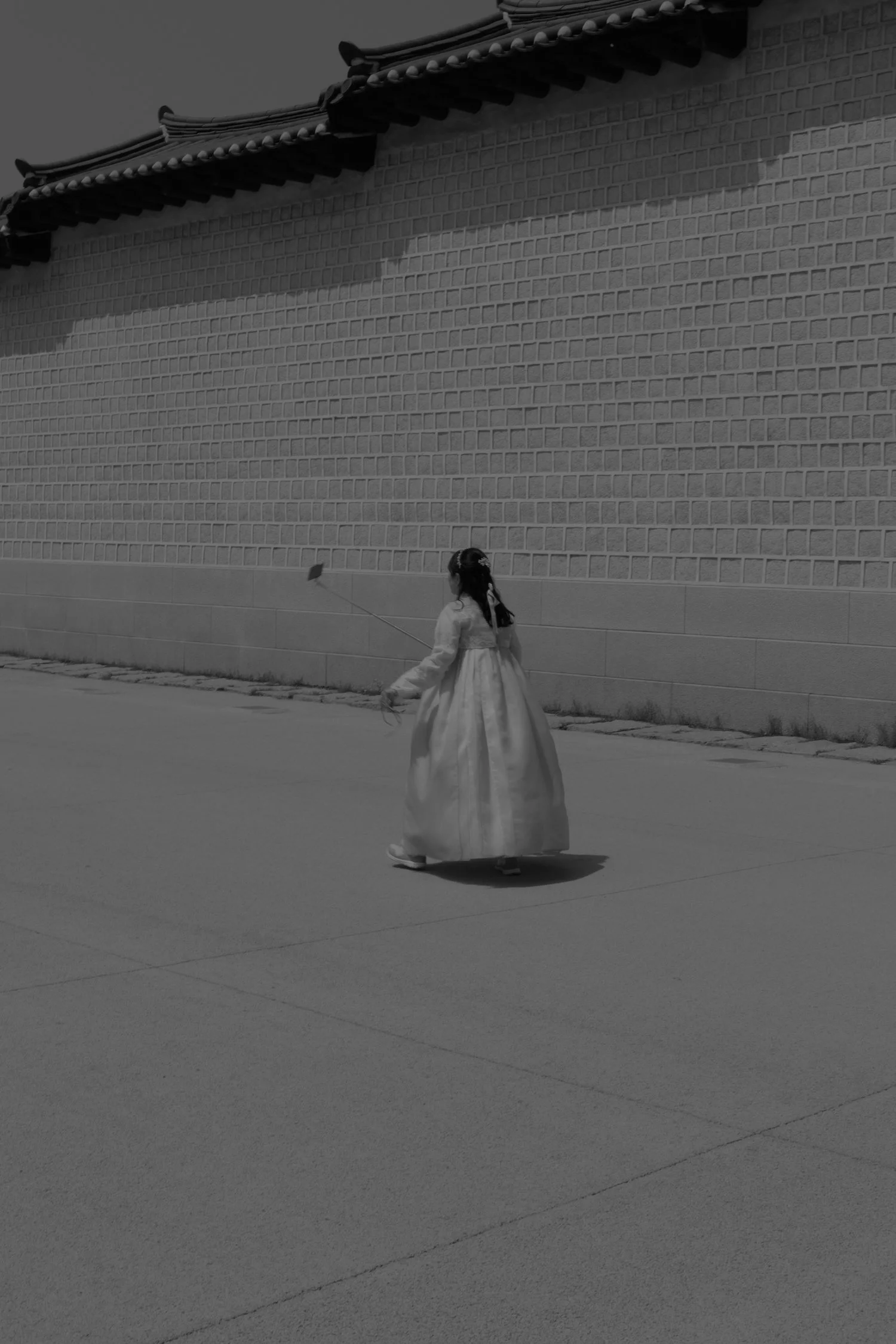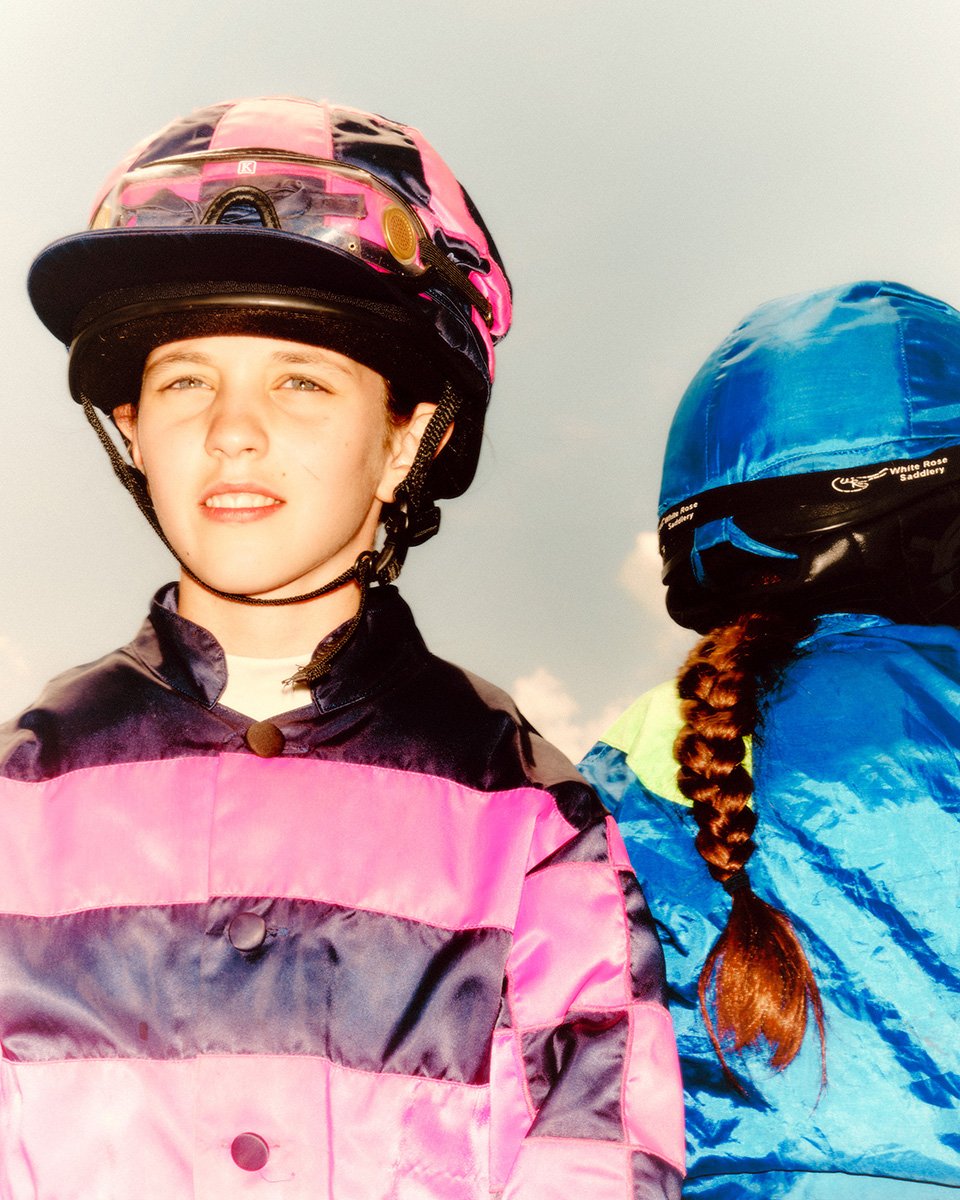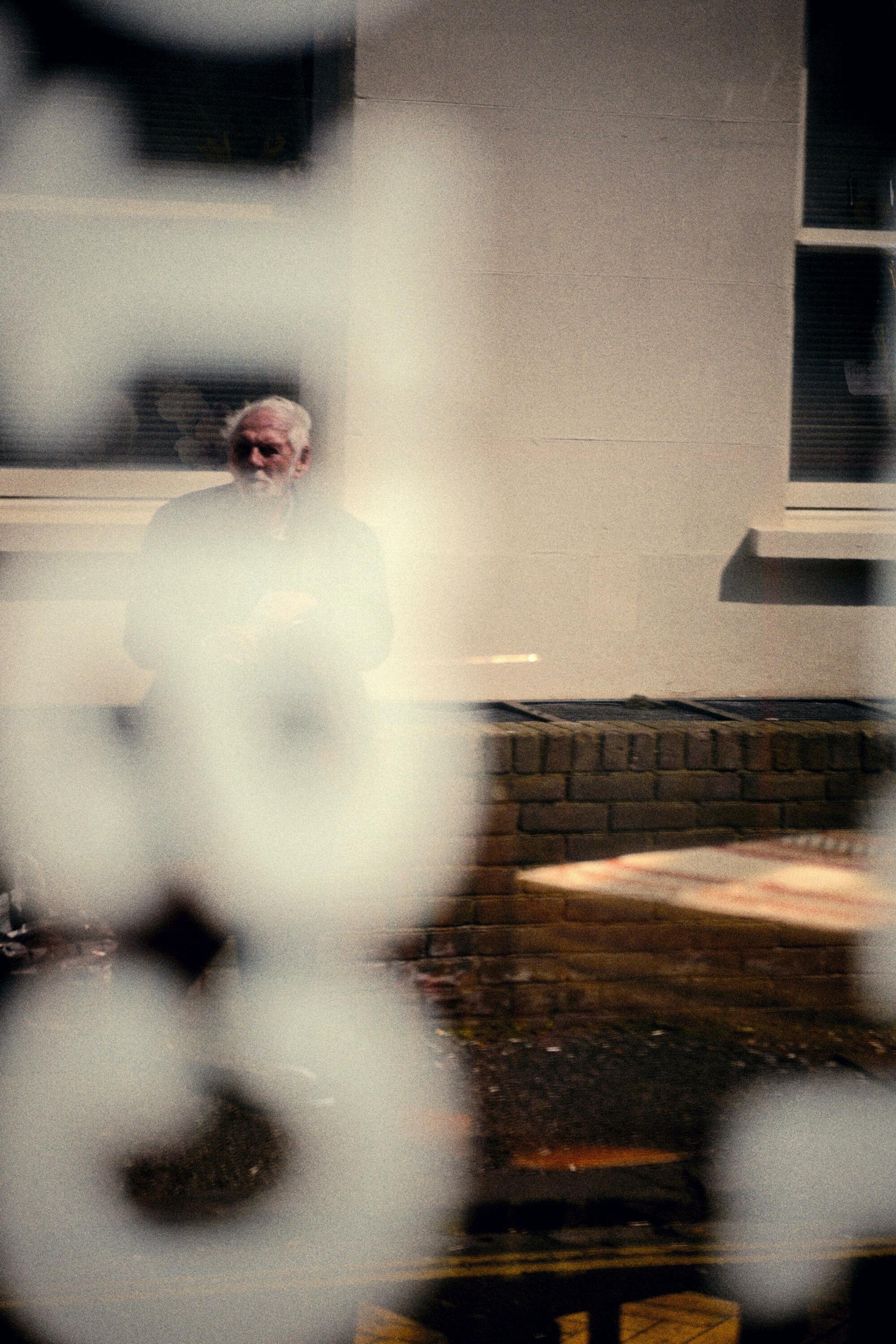Procedures for Mending
Losing control of your body combined with intense negative feelings and emotions are a common occurrence in hospitals and the reason why most people hate being there. Photographer Jennifer Wilkey reflects with her work on the time she spent in hospitals throughout her life.
Photography Jennifer WilkeyHospitals have always been a part of my life. One of my earliest memories is a night at the Cardinal Glennon Children’s Hospital in St. Louis in an exam room with my mother and my brother. My brother James was only a toddler at the time, and he was crying because he didn’t understand what was happening. Doctors had attached wires to his skull in an attempt to force a seizure, hoping to find out what was happening inside his brain. Twenty years later, I had a similar experience, but this time the wires were attached to my mother’s chest.
“One of my earliest memories is a night at the Cardinal Glennon Children’s Hospital in St. Louis in an exam room with my mother and my brother.”
Long-term illness is diagnosed through the medical institution, but it is also interpreted in personal and emotional realms. I consider what it means to be ill and examine the roles of the patient, the doctor, and the hospital in treatment and healing.
My mother’s heart surgery and recurring admittance to the hospital spurred an interest in examining her illness and the experience of being a continual patient. Ideas of healing, repair, and the body’s response are central to the work. The amount of time spent in search of diagnosis and in the hospital is reflected in my processes. Artefacts collected from the hospital become crafted memorials of the experience, and through this, are humanised. The methodical repeated practice becomes a distraction of the illness in the body and events in the hospital.
Monotony, repetition, and duration of my craft explore the longevity of illness and the feeling of sameness associated with being in the hospital. While enclosed in a hospital room, life continues on in the outside world and in a sense, passes the patient by. Time becomes an element that exists in a slow motion within the hospital and is hurrying by beyond its doors.
“The photographs and objects serve as both a documentation/artefact of an event in the hospital, as well as a story in themselves.”
The photographs and objects serve as both a documentation/artefact of an event in the hospital, as well as a story in themselves. In both, unusual narratives are created that walk a space between reality and the surreal.
About Jennifer
Originally from the Midwest, I received my BFA in Photography and BS in Anthropology from Southern Illinois University in Edwardsville. I graduated from Syracuse University in 2009 with a MFA in Photography. Additionally, I participated as a teaching artist in multiple art programs in elementary and high schools in the area. In Maine, I was the program coordinator for ArtVan, a mobile arts therapy program for low-income neighborhoods, the Director of Art at the Hyde School, and the Communications Coordinator for the Maine Coalition Against Sexual Assault. My current position is a return to making as a woodworker in the millwork division at Woodhull of Maine.
To see more of her work, visit her website or follow her on Instagram












